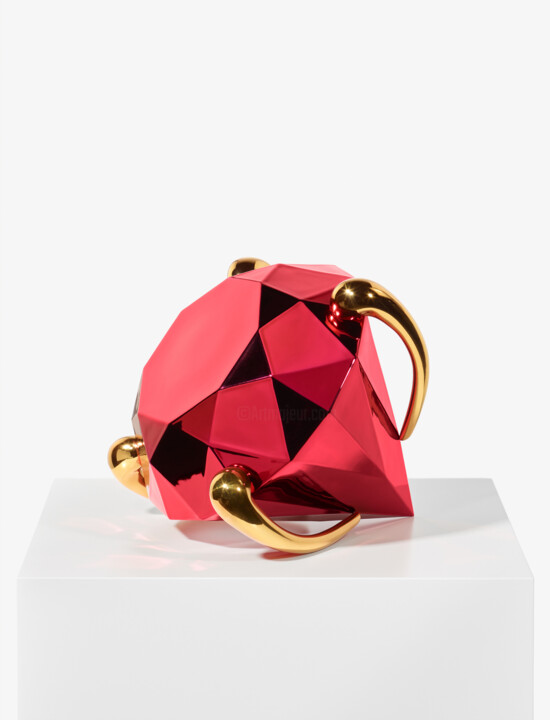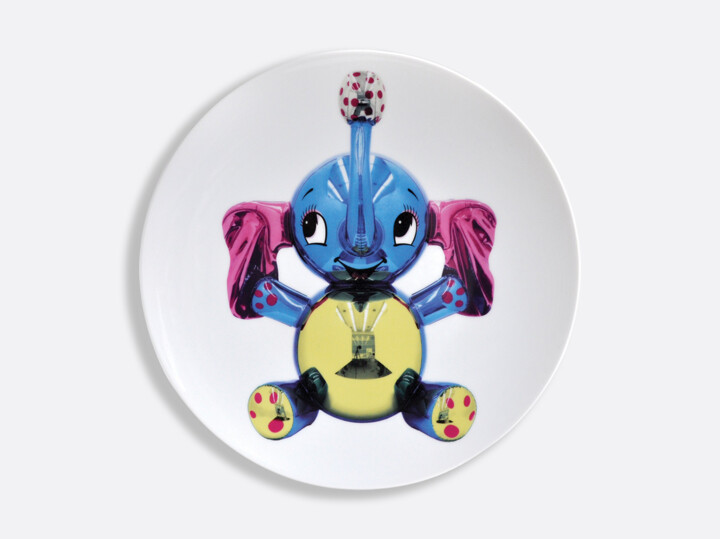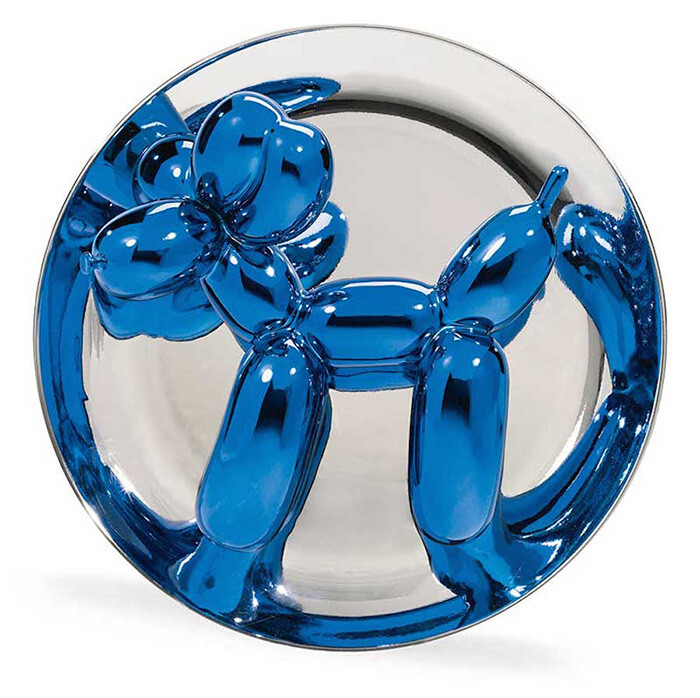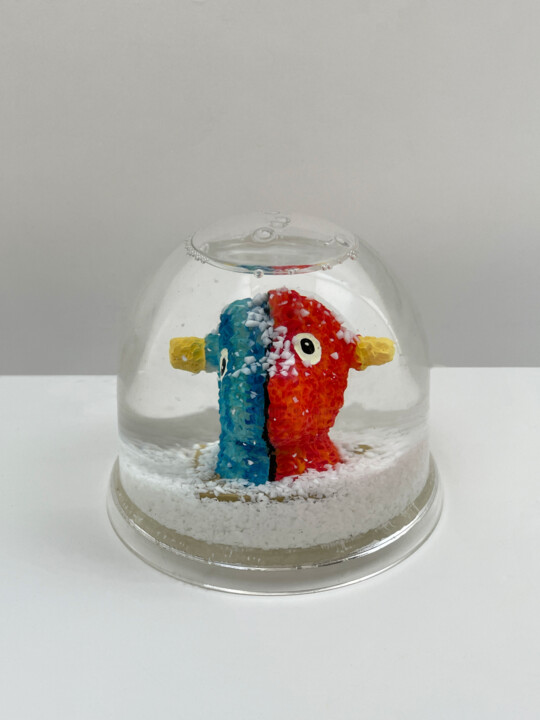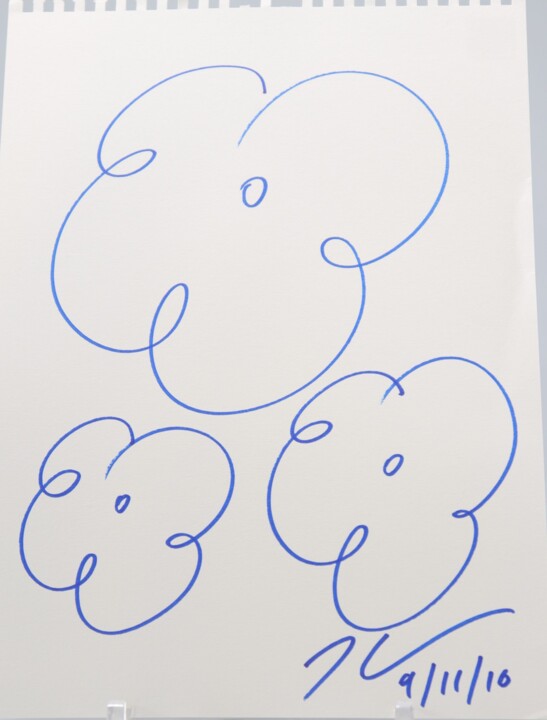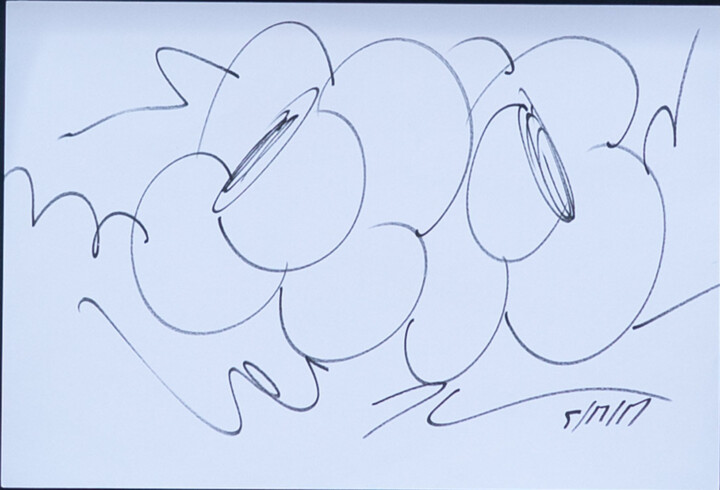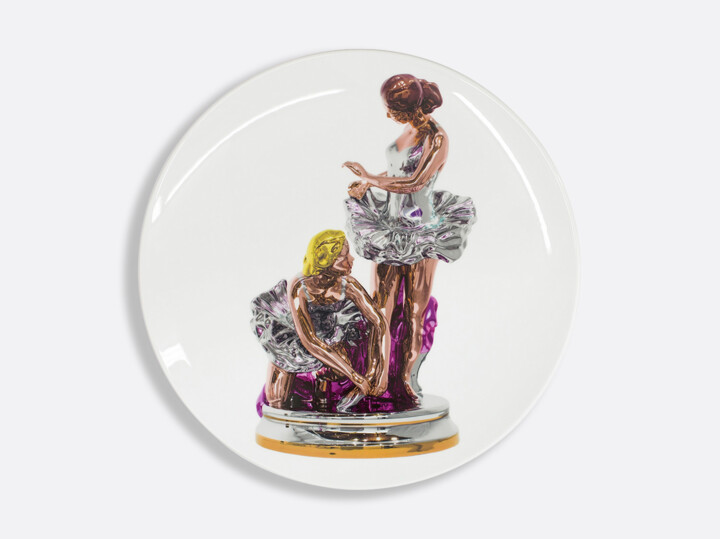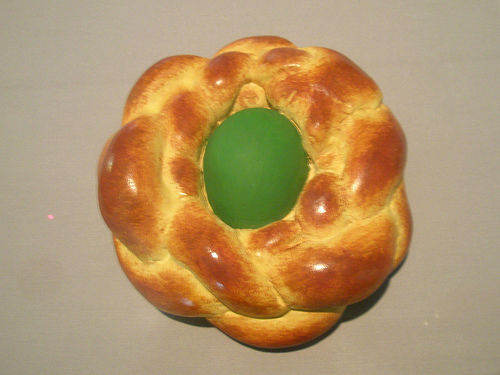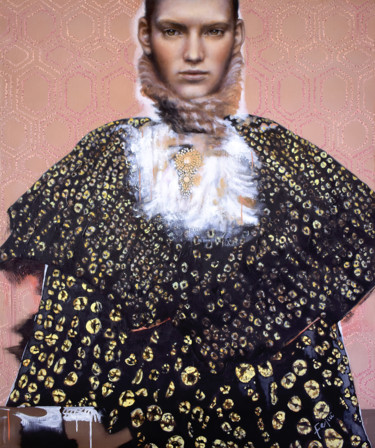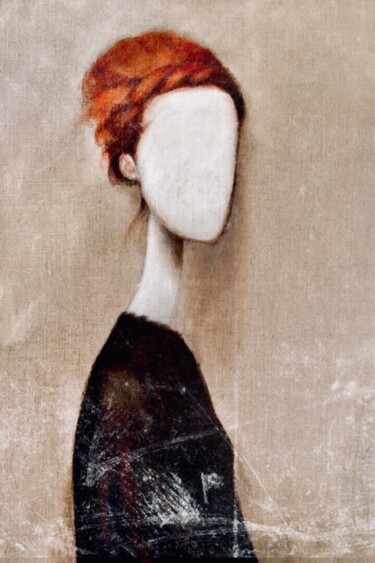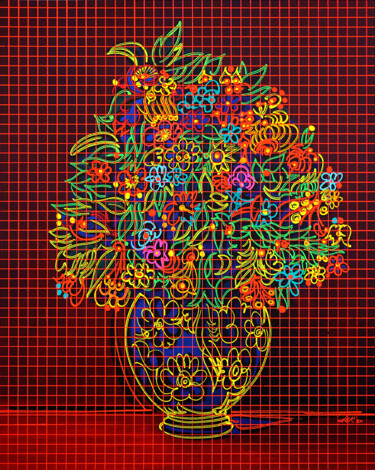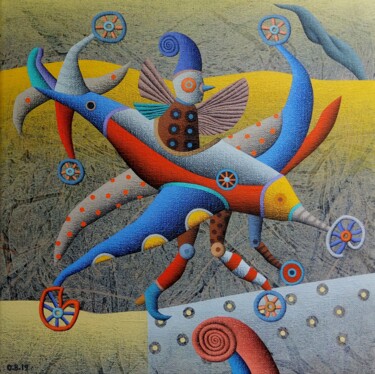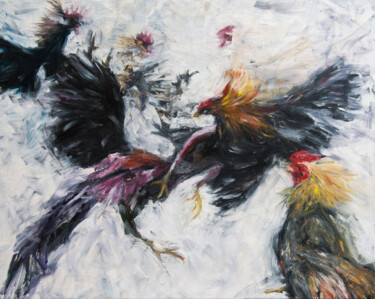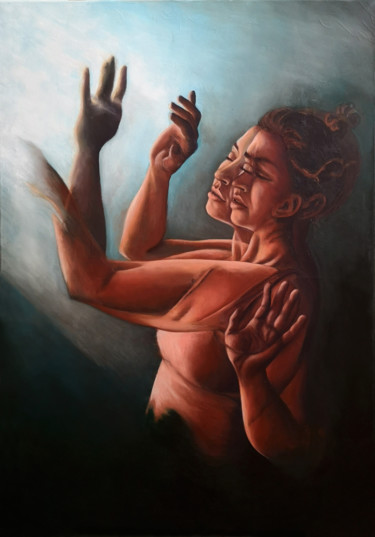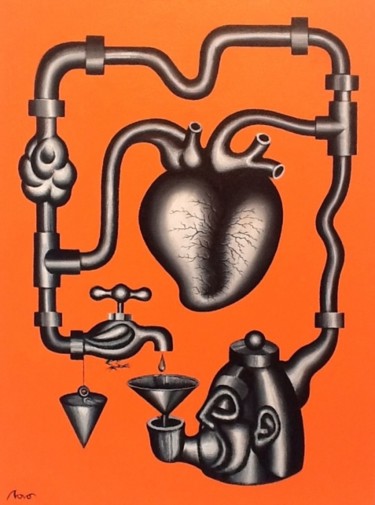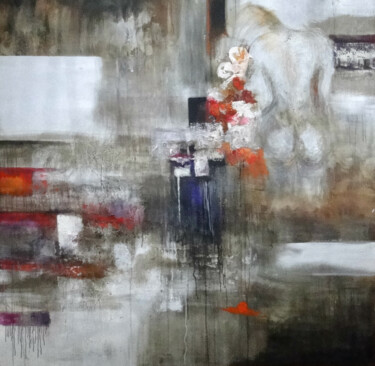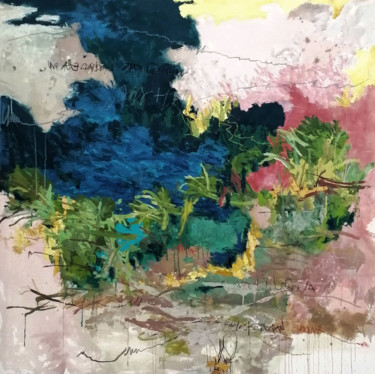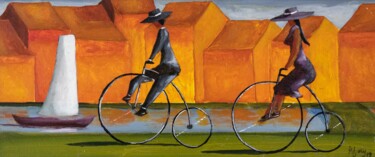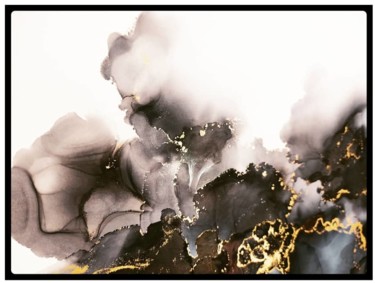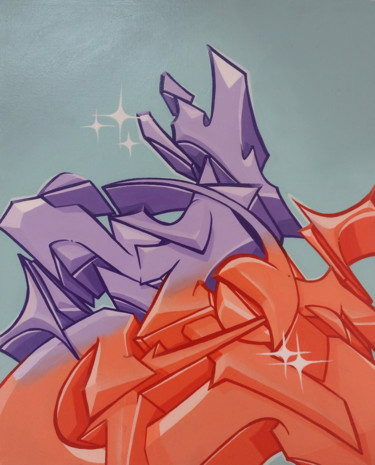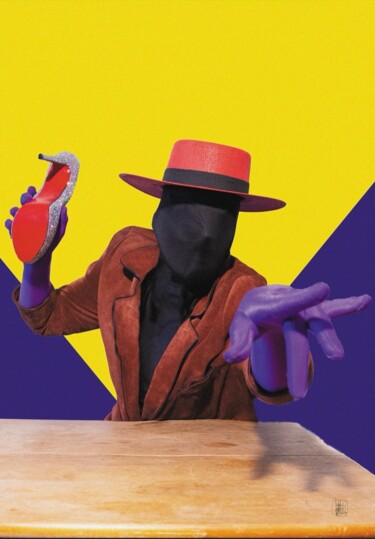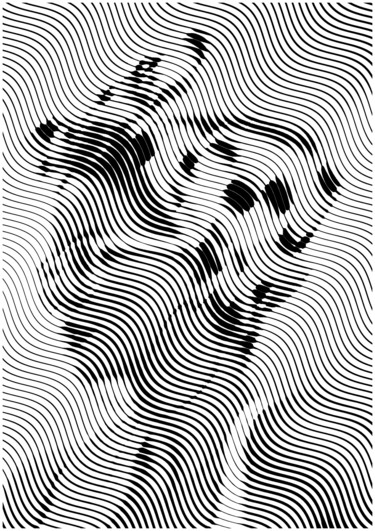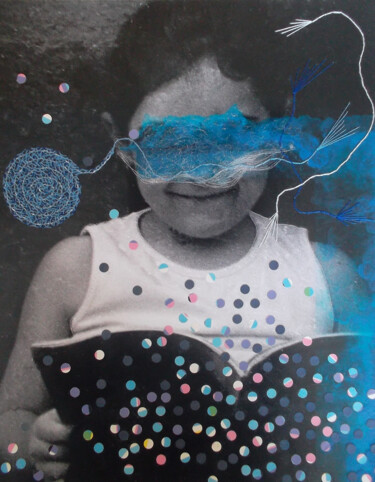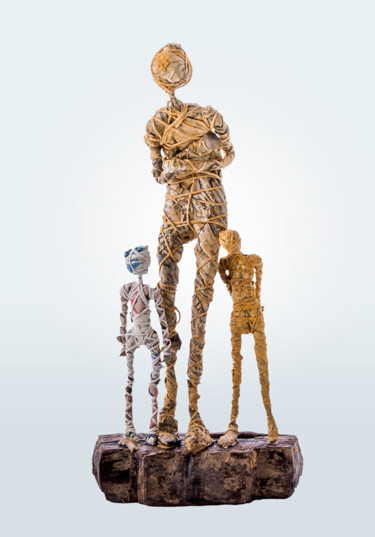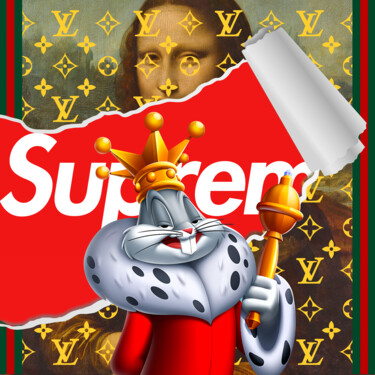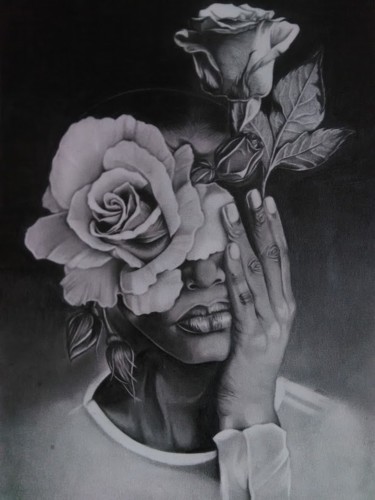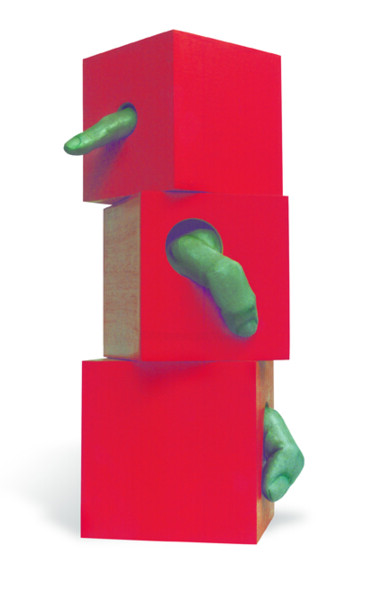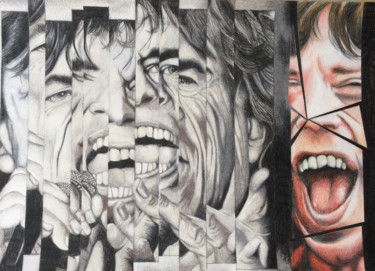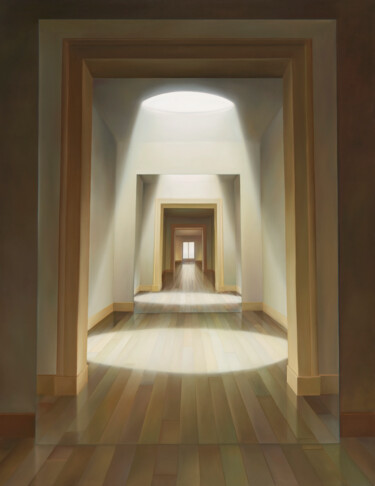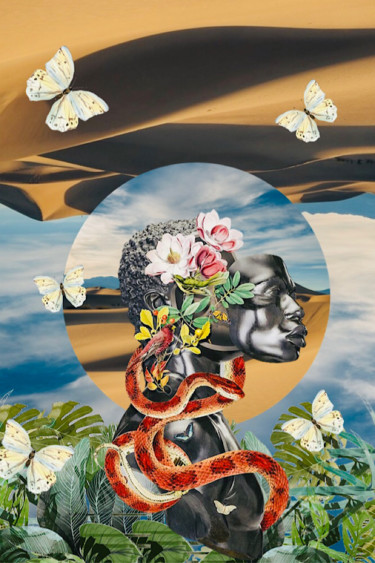Who is Eugenio López Alonso?
Eugenio López Alonso, the sole heir to the Grupo Jumex fruit juice fortune, which is one of Mexico's highly successful national enterprises, serves as the president of Fundación Jumex Arte Contemporáneo. He is also a notable collector of contemporary art.
His involvement in the field of contemporary art collecting in Mexico began in the late 1990s, with a focus on promoting contemporary art practices and nurturing their growth. In 1994, he co-founded the Chac Mool Gallery in Los Angeles, alongside art adviser Esthella Provas. In 2001, he established Fundación Jumex, a non-profit organization with support from Grupo Jumex, a company founded by his father, Eugenio López Rodea. His primary objective was to create a permanent art collection accessible to the public. The establishment of Museo Jumex in 2013 further solidified López's influence within the global cultural sphere.
López's contributions are evident through his continuous support for various museums in Mexico, including their educational programs, art-related publications, and the grants and scholarships awarded by Fundación Jumex to curators and artists pursuing postgraduate studies abroad.
Currently, López serves as a board member for several institutions in Mexico, including Museo Tamayo Arte Contemporáneo, Museo de Arte Moderno, and Patronato de Arte Contemporáneo (PAC). In the United States, he is a board member of the New Museum of Contemporary Art in New York and the Museum of Contemporary Art, Los Angeles (MOCA). His interest in contemporary Latin American art led to the establishment of the JUMEX FUND at MOCA. López has also provided support for exhibitions and publications at institutions such as the Metropolitan Museum of Art and the Museum of Modern Art in New York, The Moore Space in Miami, and the Los Angeles County Museum of Art (LACMA) and the Hammer Museum in Los Angeles.
A 3,000-work collection
Eugenio López Alonso's journey into art collecting began in earnest in the mid-1990s, and eventually, he showcased his acquisitions in a space located on the outskirts of Mexico City, situated within the premises of a Jumex juice factory. Today, he owns an extensive collection comprising 3,000 artworks, featuring renowned artists such as Doug Aitken, Olafur Eliasson, and Gabriel Orozco. Many pieces from his collection are frequently lent for exhibitions worldwide or are displayed at the Museo Jumex, a museum designed by David Chipperfield in the Polanco district of Mexico City, which López inaugurated in 2013.
An Art-Filled California Home
Eugenio López has long divided his time between Mexico City and Los Angeles, and while the former is his place of birth, the latter holds a special place in his heart. Two decades ago, in need of more space to accommodate his ever-expanding art collection, he acquired a 7,500-square-foot midcentury residence in Beverly Hills. Originally designed by architect Wayne McAllister in 1957, this low-slung house features Palos Verde stone walls and sits on a lush one-acre property. López recalls, "The moment I walked in, I had this gut feeling that this was going to be my house." Subsequently, he enlisted Marmol Radziner, renowned for its work on modernist homes, to oversee renovations. The firm introduced upgrades such as limestone counters in the bathrooms and bedrooms and terrazzo floors in the entry and living-dining area. Outdoors, they added a striking resort-size free-form pool just below a terrace, which features a crisp, geometric lily pond—additions that seamlessly harmonize with McAllister's original design.
Vance Burke Design played a role in furnishing the residence, selecting primarily modern European designs in subdued finishes and plush upholstery. These furnishings coexist with an ever-changing display of Pop, Minimalist, and Conceptual art. In the living area, a Charles Ray stainless-steel sculpture of a nude figure, appearing as if he is tying his shoe, commands attention beneath a spectacular black Serge Mouille chandelier. The media room showcases works by Jeff Koons and a sculpture by Rosemarie Trockel, positioned alongside a midcentury daybed, a walnut-and-brass table by Luisa and Ico Parisi, and another Mouille light fixture.
This residence, recognized as one of the city's premier party venues, has become a gathering place for the international art scene. During the L.A. art fairs in February, one might find an Oscar-winning actor mingling with an up-and-coming Angeleno artist, creating drawings poolside, and later, joining other guests around the firepit in the so-called secret garden, situated below Jeff Koons's Elephant sculpture.
López's unwavering dedication to art remains as strong as when he acquired his first piece: a painting by Mexican artist Roberto Cortázar dating back to 1992. He frequently rotates his artworks between his residences in Los Angeles and Mexico City. The latter is a 16,000-square-foot modernist palace that has undergone a transformation by designer Luis Bustamante. While the larger residence can accommodate more artworks and host larger gatherings, it exudes a darker and possibly more formal atmosphere. Additionally, it lacks the soft California sunlight that filters through expansive glass panels, illuminating works like Donald Judd's "Amber Stack" in the entrance and Ed Ruscha's painting "Virtue" positioned above López's bed, two pieces that have never been moved.
López reflects, "The best moments of my life have been lived in this Los Angeles house," before jokingly adding, "Mexicans will hate me for saying this."
Museo Jumex
Acquiring works from both local and international artists while continually expanding his collector's perspective, López envisioned the creation of Fundación Jumex alongside a team of art professionals. Their aim was to champion contemporary art through multifaceted programs encompassing collection curation, education, research, and the provision of support to artists and museums.
On March 3, 2001, the formal establishment of Fundación Jumex Arte Contemporáneo took place, with invaluable support from Mr. Eugenio López Rodea and Mrs. Isabel Alonso de López. López's collection made its inaugural public exhibition at the Galería Jumex, a 15,000-square-foot space designed by Gerardo García situated on the premises of the Grupo Jumex juice plant in Ecatepec. While some sectors of the art community were taken aback by the gallery's location in an industrial area on the outskirts of Mexico City, López and his team believed that this experimental space would further foster the development of contemporary art in Mexico.
To complement their vision, the foundation established a library with an initial collection of 3,000 titles on contemporary art theory and practice. This move aimed to provide a comprehensive frame of reference for contemporary art, extending beyond exhibitions, artists, artworks, and collectors. The objective was to cultivate new audiences, researchers, and critics who possessed well-informed perspectives on contemporary art.
Over its first decade, Fundación Jumex firmly established itself as a private nonprofit organization that extended support to curators and artists who have since gained recognition in the national and international art spheres. Despite the faithful following that the Ecatepec gallery had garnered, Eugenio López felt the need to take a further step in sharing his passion for contemporary art with a broader audience.
His vision led to the concept of creating a museum, offering local audiences easier access to the works of globally acclaimed contemporary artists. Collaborating with his team, they entrusted British architect David Chipperfield with designing the museum—the architect's first commission in Latin America.
Museo Jumex opened its doors on November 19, 2013, with the mission of stimulating the sensibilities and critical thinking of its diverse visitors.
Interview with Eugenio López Alonso
For a span of 12 years, commencing in 1994, you managed the contemporary art gallery Chac Mool in Los Angeles alongside Esthella, who continues to serve as your art adviser. How did this experience shape your journey as a collector?
Each artwork that graced the gallery became something I couldn't part with.
Could you share your recollection of the first significant artwork you acquired?
It was a Robert Motherwell piece that I acquired at Sotheby's for $160,000 in 1995, when I was just 26 years old. It marked the first time in my life that I felt a genuine passion for something.
Tell us about your art education. How did you gain your knowledge about art?
I delved into the art world by visiting museums and engaging with people, often approaching curators, collectors, and gallery owners to ask questions and learn. In fact, I once told my father that I was headed to Dallas to inspect factory machinery, when in reality, I was making my way to the Menil Collection opening event in Houston.
How did you determine your criteria for making art purchases?
My guiding principle has always been to acquire artworks that truly resonated with me. I vividly recall a moment when I wanted to purchase a Brice Marden piece, but my father had set a budget limit of no more than $300,000. I was determined and enthusiastic, insisting, "I want it, I want it, I want it." Eventually, I secured it for $260,000.
What prompted you to initiate the foundation?
The inspiration to establish the foundation came during my visit to Saatchi's art collection in London back in 1995. I thought to myself, "I can do something similar in Mexico" — the idea of sharing my art with the public, akin to collections like the IBM Collection, Chase Manhattan Bank's, and DuPont's European collection.
Could you share your preferences when it comes to art genres?
I have a deep affection for Abstract Expressionism and Pop Art.
Do you have a favorite artist?
Cy Twombly holds a special place in my heart. I'm proud to say I own six Twombly artworks. It's a sentiment that's challenging to put into words, but there's something about his aesthetic that is unlike anything else I've ever seen. It often resembles a child's spontaneous scribble, and that uniqueness is truly captivating.
You don't frequently sell artworks. How do you view those who view art primarily as an investment?
Some individuals approach art with a mindset similar to the stock market, but art shouldn't be equated with the stock market. There's a disconnect there. Certainly, there's a thrill when you witness an artist's work selling for millions, and you might feel intelligent and exhilarated, as if you've made a brilliant investment. However, that's not the essence of it. I've acquired many pieces of art that I continue to cherish, and their value hasn't fluctuated significantly. Yet, my love for them remains unchanged.
You split your time between Los Angeles and Mexico. What keeps drawing you back to these places?
The happiest moments of my life have unfolded in this residence. I am deeply connected to Mexico; it's my enduring passion. However, Los Angeles is my hometown. There's no other place where I feel more at ease and comfortable in my life.


 Selena Mattei
Selena Mattei

